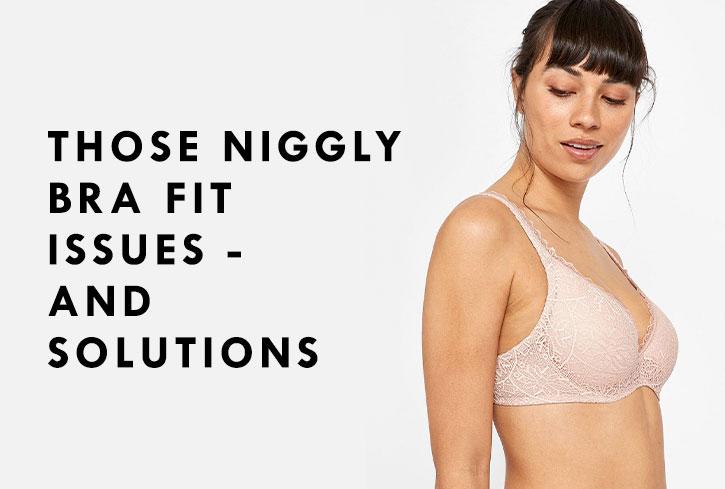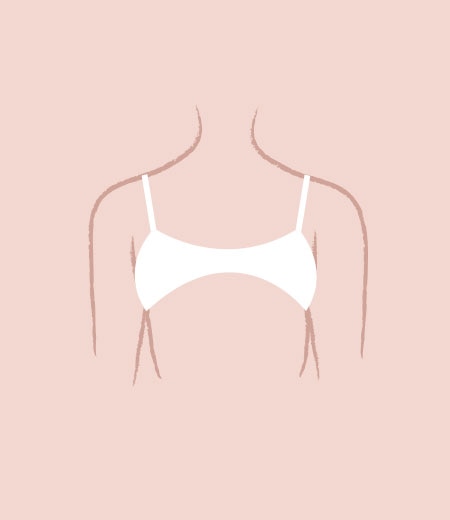

The Problem: Band Creeps Up Or Too High
The Solution: Did you know the band provides 80% of the bra’s support? When you look in the mirror, the band should sit in line with the front of the bra. Some questions to ask yourself, include:
Are your straps too tight? Loosening them could give the band some leeway to move into the correct position. Also try decreasing the band size until it’s sitting horizontally on the body.
Is your band too big? This could mean your breasts are weighing down in the cups resulting in the band pulling upwards.
Expert tip: You’ll know when the band size is correct when you can slip two fingers under it. It should be snug on the loosest hook, so you can continue to tighten it when your bra stretches overtime.
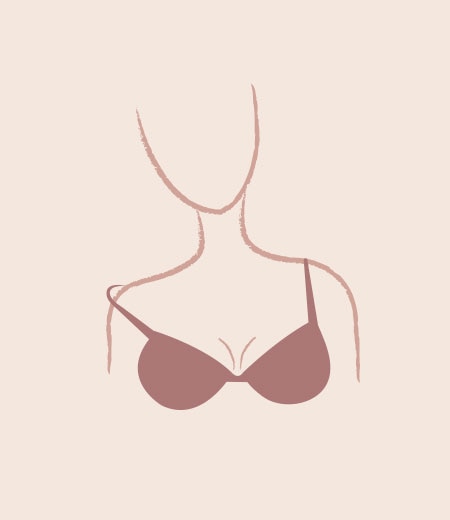

The Problem: Straps Fall Off
The Solution: The end goal here is for your straps to feel firm but not tight and restrictive. Our first tip is an obvious one - try tightening your bra straps. Straps naturally stretch with time so be sure to check your straps every month or so and tighten accordingly.
Our second tip is to check your band size. If this is too big then the straps could slip due to them being too wide on the shoulders.
Our third tip is all about the style of bra, and how it sits against the body, as this could lead to strap slippage too. Bra styles such as full coverage or demi styles are designed with narrow-set straps, which help keep your straps in place. Balconette and plunge bras have wider-set straps that can slip depending on whether you have narrow or sloping shoulders.
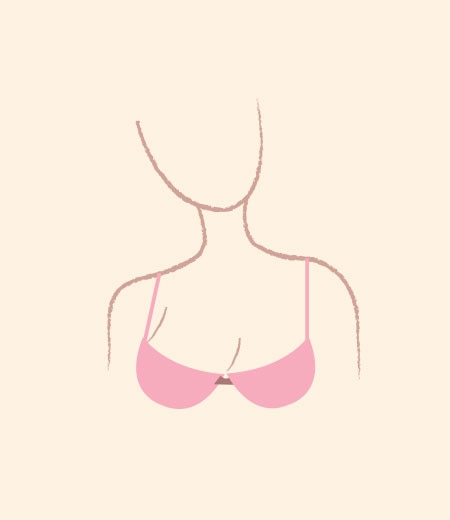

The Problem: Gaping Cups
The Solution: Two simple solutions to gaping cups could be to go down a cup size or just tighten the straps so that your bust sits flush within the cup. If your breasts are slimmer at the top and fuller at the bottom (teardrop or bell-shaped boobs) you may be more prone to gaping cups.
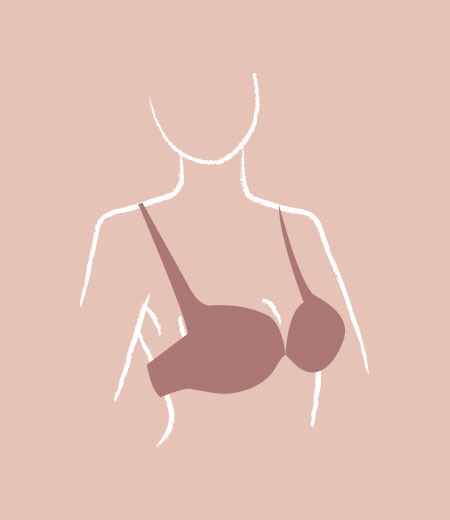

The Problem: Wires Digging Into Breasts
The Solution: An underwire that digs is a sure-fire way to bring discomfort to your day. You may need to go up a cup size for the wire to sit flat against your rib cage. On the other hand, it could be that the band size is too big, which means the wire won’t sit comfortably behind the breast tissue where it should. Remember that when you go down a size in your band, you’ll most likely need to go up a cup size so your breasts have room to breathe.
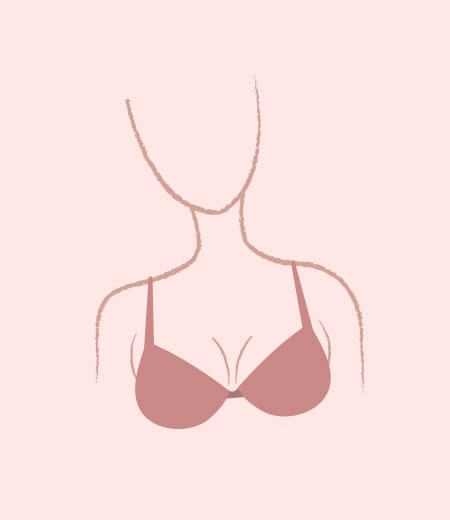

The Problem: You've Got Spillage
The Solution: Side spillage or cup overflow? We’ve got you. If your breasts are spilling over the cups, try going up one size in the cup. Are you currently busting out of a 10D? Size up with a 10E.
Side spillage is common for fuller busted women. First things first, ensure your breasts are sitting in the cups by leaning forward so they fall naturally into the cup when putting your bra on. Once you’ve adjusted the straps and hook and eye to a comfortable setting, lean forward again and scoop your breast tissue forward to encapsulate your whole bust.
Still need some help? Check out our Berlei Fit Hub, or pay a visit one of our expert bra fitters located within Myer stores across the nation.
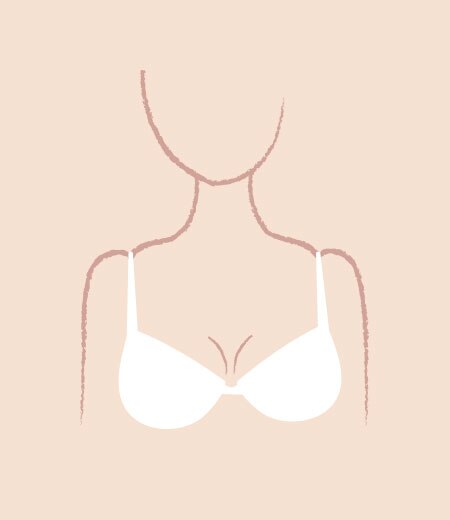

The Problem: Straps Digging In
The Solution: Your Bra shouldn't be dependent on your straps, it is your band that does the hard work. When a bra band is too big, many women tighten the straps to give the support they need, but this is not the solution. Instead, try buying a bra with one band size smaller.
Expert tip: When you go one band smaller in size, you need to go one cup size bigger, this is called your sister size. For example if you're a 14C, you're smaller band size would be 12D. For more information on sister sizing, check out our size chart here.

